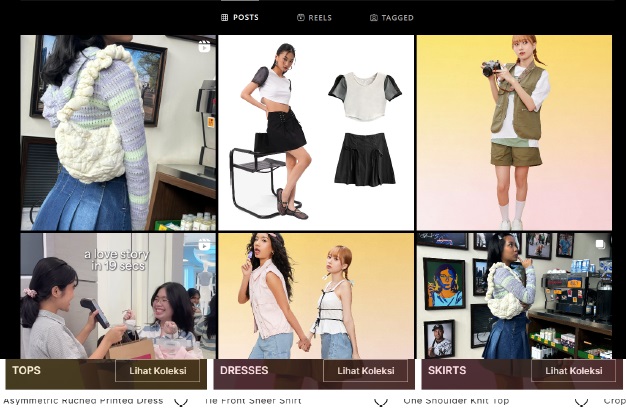What is Branding?

First of all, what is branding? Branding is how you create and forge a unique identity and perception of your business, person, or product in the minds of your market. Meaning building a distinct brand and different store within the minds of customers using elements like logos, names, lines-of-communications, photography, designs and overall experience. The aim is to stand out from the competition, get noticed and build loyalty and trust with clients.
Branding includes many essential components such as:
1. Brand identity is the visual and emotional characteristics of a brand, including stuff that
represents who it is: its colours, font, tone and logo.
2. Brand positioning is the place a brand occupies in the mind of the consumer relative to competing brands. It defines the unique value, quality and place of the business in its sector.
3. Brand promise, is a brand statement made by a brand to its clients about the benefits or experience that they can expect. It is the primary driving force making consumers buy that brand.
4. Brand values are principles or beliefs that any business follows when operating and
communicating; often they reflect the likes and opinions of its target market.
5. Brand experience refers to the overall sum of all interactions a consumer has with a brand, from advertisements and product experiences to customer service and beyond. Customer perception of the brand is influenced by every interaction.
6. Brand loyalty is when customers consistently choose a particular brand over others, something
that happens because they believe in the company values, quality of products/services it offers, or
prices.
At its core, branding is the art of shaping how a business is perceived and creating an emotional connection with customers that goes beyond slogans or logos. It builds recognition, trust, and loyalty in a brand.
That said, there are also issues that can come with branding. This can include things such as communication strategies, evolving with trends, competition, and management. But when it comes to problems that come with visual branding, there are challenges such as creativity, uniqueness, outdated visuals, inconsistency, and lack of balance.
As an example, I decided to review and discuss the visual branding of the local clothing brand COLORBOX. Established in 1993, COLORBOX is a brand originating from Indonesia that sells women’s clothing including clothing, and accessories.

In terms of their logo, it’s simple, bold, and easy to read. It’s a mix of a rectangular shape and the letter “C”, signifying both the brand’s initial and the “box” element of the brand’s name. It has a nice unification ofhierarchy, clearance, and balance. Their tone and manner is simple yet elegant, with a domination of whitethat makes their products stand out in their website catalogue. But they do implement a colourful side inother photoshoots showcased on their website, giving a different but nice appeal and pop to their visuals without steering too far from their simple and elegant tone.


One of their methods of promotion is through a website and social media, such as Instagram. On their website, they showcase their catalogue and products through a clean and simple layout dominated by whiteand collages of model photographs, with some in colourful settings.

Meanwhile on their Instagram, they share feeds and reels in forms of both model photoshoots and short videos of currently trending skits or behind the scenes videos.


